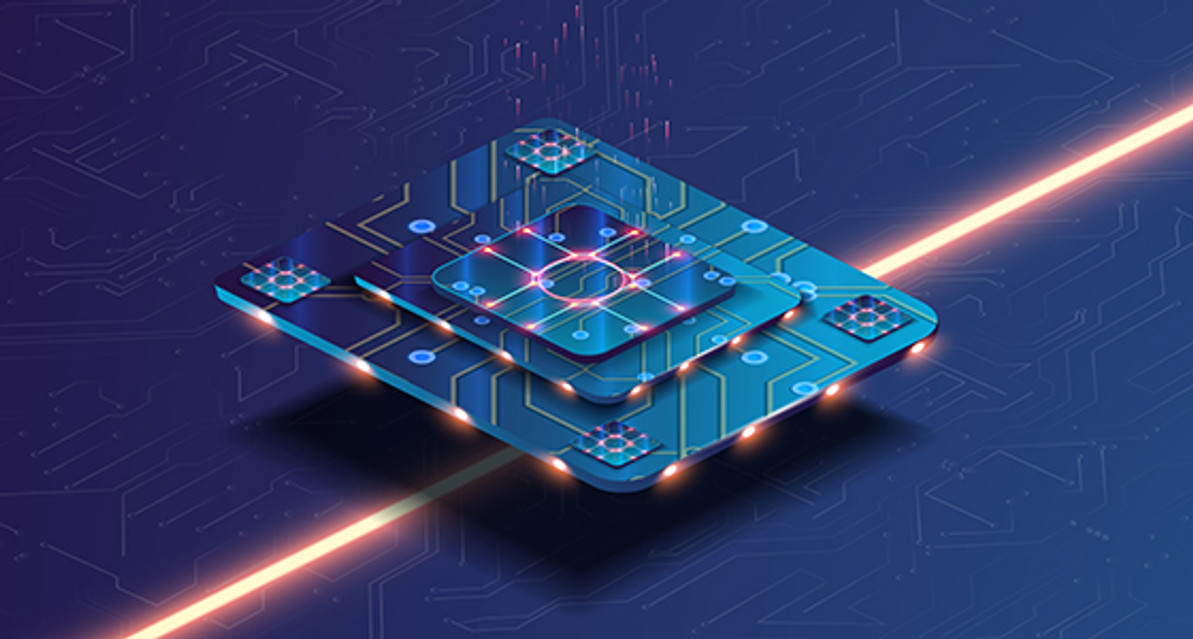Demystifying DDR RAM: Understanding the Differences Between Types
Demystifying DDR RAM
When it comes to upgrading or building a computer, understanding the various types of DDR (Double Data Rate) RAM is crucial. DDR RAM, with its improved data transfer rates and efficiency, has revolutionized computer memory. However, with the evolution of technology, different generations of DDR RAM have been introduced, each offering unique features and performance enhancements. In this article, we will explore the differences between DDR1, DDR2, DDR3, and DDR4 RAM, shedding light on their respective characteristics, benefits, and compatibility.
DDR1 RAM:
DDR1 (Double Data Rate 1) RAM was the first generation of DDR memory. It was a significant improvement over its predecessor, SDR (Single Data Rate) RAM. DDR1 RAM modules have 184 pins and operate at a voltage of 2.5V. With bus speeds ranging from 100MHz to 200MHz, DDR1 RAM was widely used in computers from the early 2000s. However, due to its limited bandwidth and slower data transfer rates compared to later generations, DDR1 RAM is now obsolete and rarely found in modern systems.
DDR2 RAM:
DDR2 (Double Data Rate 2) RAM marked a substantial leap in performance over DDR1. Introduced in 2003, DDR2 RAM featured a higher clock speed and increased bandwidth. It utilized 240 pins and operated at lower voltages (around 1.8V) compared to DDR1. DDR2 RAM modules were designed with bus speeds ranging from 400MHz to 800MHz, allowing for faster data transfer rates and improved system performance. DDR2 RAM remained prevalent until the early 2010s when DDR3 RAM gained popularity.
DDR3 RAM:
DDR3 (Double Data Rate 3) RAM further refined the capabilities of its predecessor. With improved data rates and lower power consumption, DDR3 RAM became the mainstream choice for many computer systems. DDR3 RAM modules have 240 pins and operate at voltages as low as 1.5V. They offer faster bus speeds, ranging from 800MHz to 2133MHz, providing enhanced performance for applications and multitasking. DDR3 RAM is still widely used today, although it is gradually being replaced by DDR4.
DDR4 RAM:
DDR4 (Double Data Rate 4) RAM is the latest iteration of DDR memory, offering even greater advancements in performance and efficiency. Introduced in 2014, DDR4 RAM utilizes 288 pins and operates at voltages between 1.2V and 1.35V, consuming less power than its predecessors. DDR4 RAM boasts higher clock speeds, ranging from 2133MHz to 3200MHz (and beyond with overclocking), resulting in improved data transfer rates and reduced latency. It also introduced features like increased memory density and improved error correction capabilities. DDR4 RAM is now the standard for most modern systems, providing optimal performance for gaming, content creation, and demanding applications.
Conclusion:
Understanding the differences between DDR RAM generations is crucial when selecting memory for your computer system. While DDR1 and DDR2 are largely outdated, DDR3 and DDR4 remain prevalent. DDR3 offers excellent performance and is suitable for most applications, while DDR4 provides even higher speeds, lower power consumption, and improved features. As technology advances, it's important to stay updated on the latest DDR RAM standards to make informed decisions regarding memory upgrades or system builds.
Recent Posts
-
Top 10 Must-Have Accessories for Your New Computer
Whether you've just unboxed a sleek laptop or a powerful desktop, there's a world of possibilities a …Aug 21st 2023 -
The Rise of Quantum Computing : Unlocking the Power of the Subatomic World
Quantum computing is a cutting-edge field of computer technology that promises to revolutionize the …Aug 2nd 2023 -
Choosing the Right Operating System: Windows, macOS, or Linux?
When it comes to selecting an operating system for your computer, the options can be overwhelming. W …Jul 18th 2023




